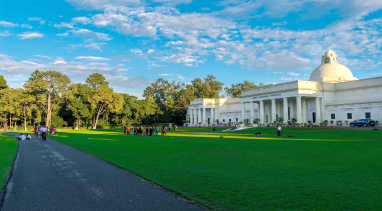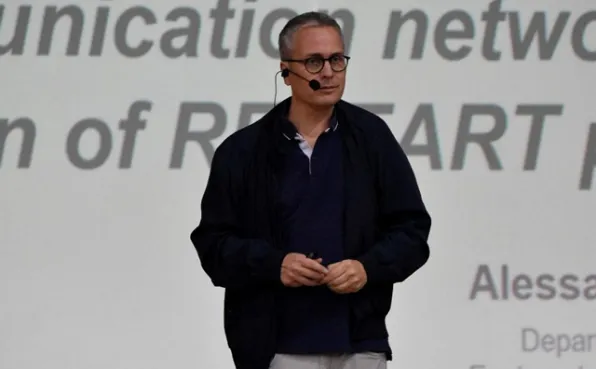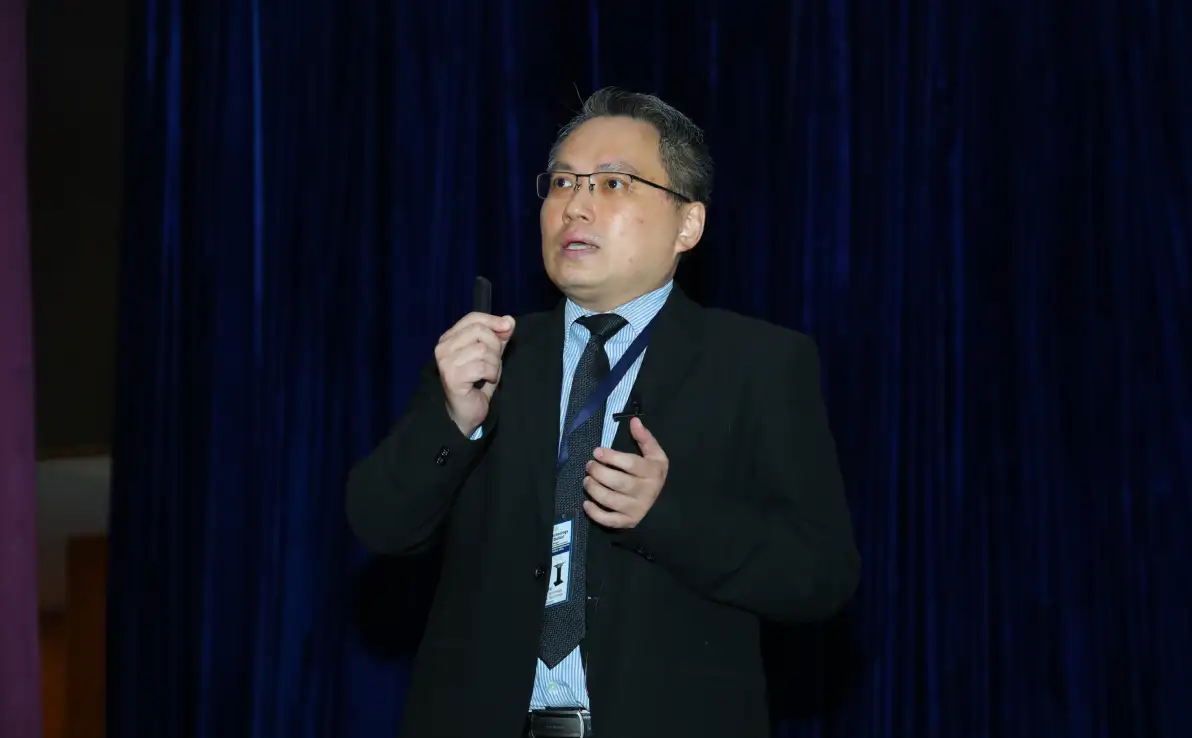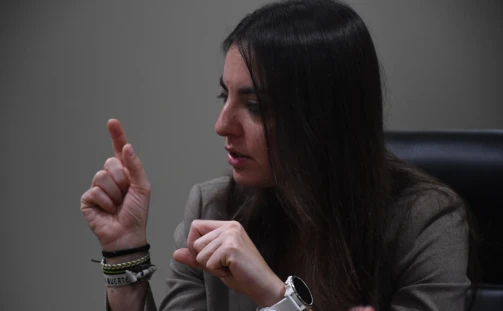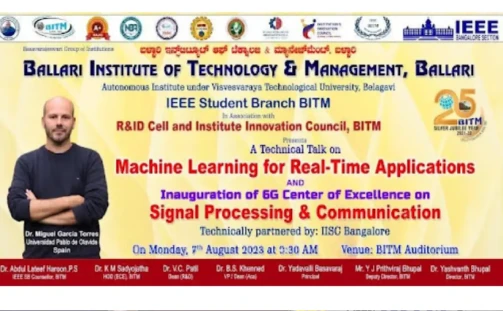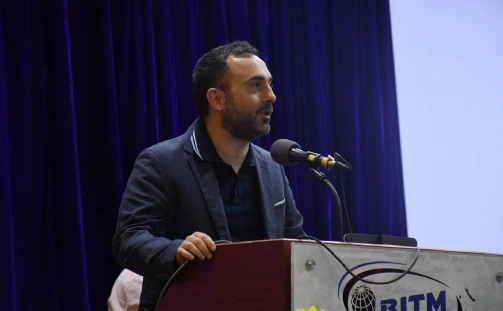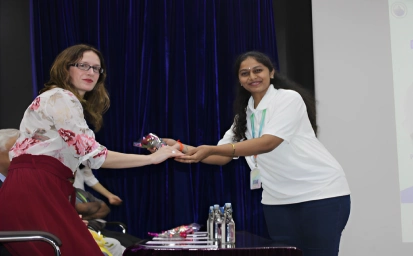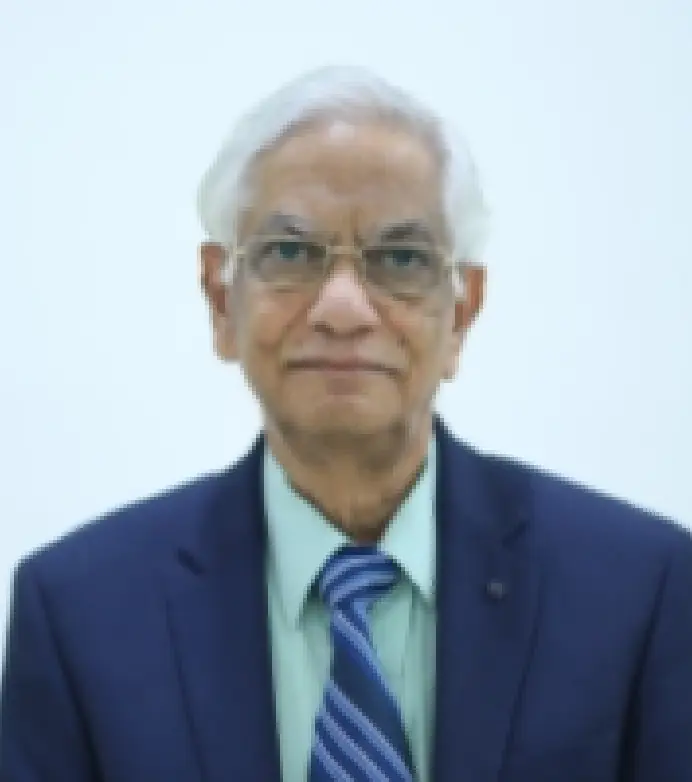
Dr. Annamraju Kasi Viswanath
Dean (International Relations & Academic Collaboration)
BITM

Dr. Annamraju Kasi Viswanath did his M.S. as well as his Ph.D. in Physics from the Indian Institute of Technology, Madras, in 1972 and 1976 respectively. For his doctorate work, he worked on the electron paramagnetic resonance (EPR) of transition metal complexes and molecular orbital theory.
He later worked for five years in USA at Michigan State University and the University of Maine. In Michigan, he worked on EPR and multinuclear FTNMR. At the University of Maine, he developed site-selective dye laser spectroscopy and time-resolved laser spectroscopy. Dr. Viswanath has discovered Nanoscience for the first time in the World. At University of Maine he did the synthesis of molecular level clusters by chemical methods and shown the size effects on the energy bandgap. Reference A.K. Viswanath etal Molecular Physics 42,1431(1981); ACS Inorg. Chem. 20,3493(1981). Dr. Viswanath also developed platinum anti-cancer drug cis-platin at University of Maine.
After returning to India he worked in Electronics Corporation of India administered by Atomic Energy of India, where he worked on development of Lasers. After working for a short period of two years at IIT, Madras as a research faculty he has taken an invited position of Senior Scientist from Hitachi Central Research Laboratory, Japan, where he did intensive work on Semi-Conductor Nanoelectronics as early as 1990. Here he developed several semiconductor nano structures for applications in LED’s and semiconductor lasers.
After returning from Japan he was invited by the then-Director Dr. D. D. Bhawalkar of Raja Ramanna Centre for Advanced Technology, Indore of Department of Atomic Energy and contributed to the National Laser Programme of India.
Later he went to South Korea as a Brain Pool Professor for three years, where he worked at the National Creative Research Initiatives’s Center for Ultrafast Optics Control at Korea Research Institute of Standards and Science. He has collaborated with LG Corporate Institute of Technology, Korea Telecom and other companies. Here he developed GaN, InGaN, InAs, GaAs based quantum wells, quantum dots for applications in semiconductor electronic devices. Some of the advanced laser experiments include femtosecond time resolved spectroscopy and degenerate four wave mixing.
After returning to India, Dr. Viswanath worked as an additional director for 12 years at the Center for Materials for Electronics Technology of Ministry of Electronics and Information Technology, Meity, where he initiated and successfully executed several projects in Nanotechnology catering to the needs of strategic sectors like Defence, Atomic Energy & ISRO.
After successfully completing his tenure he took an invited position as Professor of Nanoscience and Nanotechnology at Pondicherry University. There, he taught a number of courses in nanoscience and nanotechnology and guided several students for M.Tech. and Ph.D. projects.
He has about 200 publications in international journals and conferences. He has given invited talks at very prestigious conferences in and abroad such as International Conference on Materials for Advanced Technology, ICMAT, Singapore.
He has written several invited review articles and book chapters for international journals, published by World Scientific, Academic Press and American Scientific Publishers etc. For the special editions, he contributed Forewords were written by Nobel Laureates such as Prof. Nicolas Bloembergen, Prof. Alan Heeger and Prof. Richard Smalley and was cited by them as one of leading international experts in Semiconductor Electronics and Nanotechnology.
For his work on nano antibiotics, he got accolades from Massachusetts Institute of Technology, Boston and Harvard Professor Jim Collins as highly original, and a valuable contribution to the field. Dr. Viswanath’s work on breast cancer imaging and therapy through Nanotechnology route was highlighted in Nature Journal as very important and a major breakthrough. At present Dr. Viswanath is initiating cutting edge Science and Technology projects in Nano Science and Nanotechnology in collaboration with DRDO, Japanese and Korean institutions. The research topics include photonic, optoelectronic materials & devices, non-linear optics, spintronics, antibiotics, bioimaging, anti-cancer drugs, drug delivery, sustainability, bioenergy, water purification etc.
Collaboration thrives at all levels—whether on a small or large scale, through informal interactions or formal initiatives, and across short-term activities or long-term endeavours.
At the Ballari Institute of Technology & Management (BITM), we embrace this diversity through various programs such as joint research projects, joint degree programs, summer courses, exchange programs, internships, case study analyses, and interactive guest lectures, among others. These efforts have significantly contributed to the academic and professional growth of our students and faculty, fostering a culture of collective development and innovation.
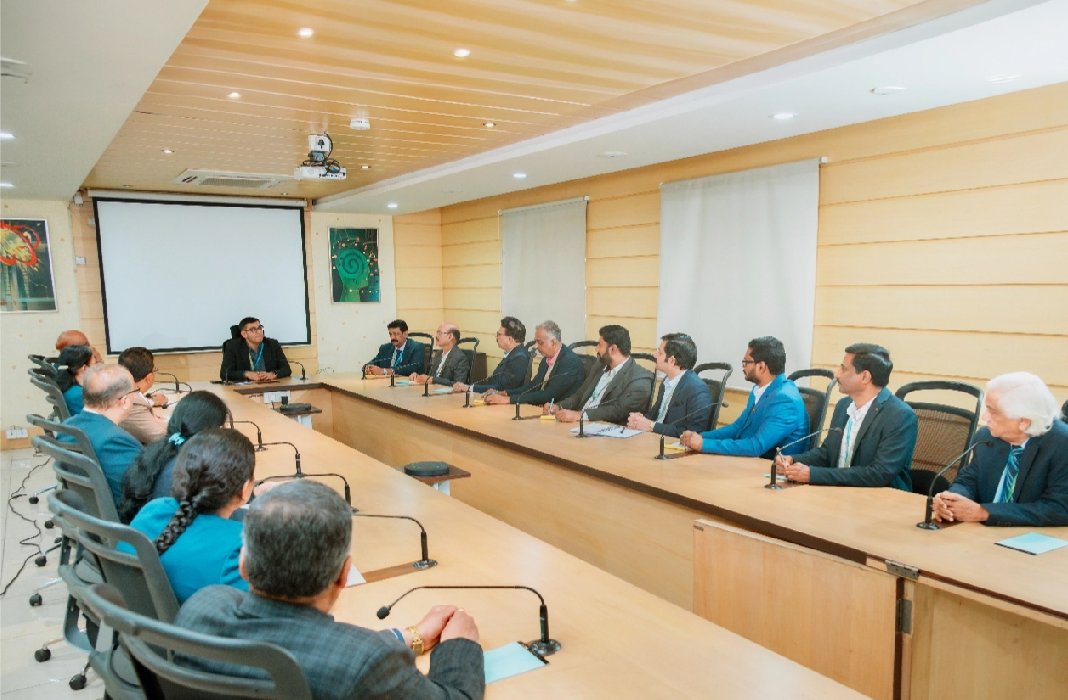
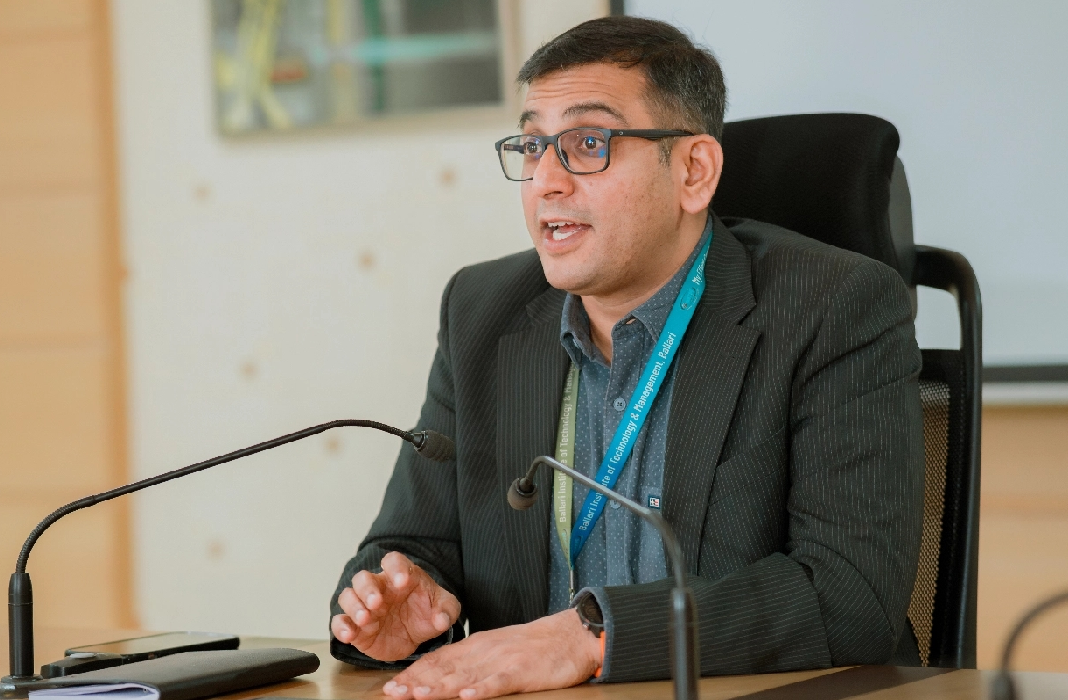
At BITM, collaborative learning integrates authentic experiences to help students acquire, practice, and excel in essential skills crucial for their future success and overall well-being. Our consistent engagement in collaborative initiatives reflects the trust and confidence placed in our institution and its leadership. This recognition is further reinforced by our affiliation with VTU University, renowned for consistently producing successful graduates.
As we look ahead, Ballari Institute of Technology & Management remains committed to excellence by staying at the forefront of advancements across diverse fields, guiding students effectively, adopting cutting-edge learning methodologies, and forging robust partnerships. Our faculty members are encouraged to innovate and collaborate, rediscovering ways to grow alongside the university through academic engagements and industrial tie-ups.
To bolster BITM’s global reputation, the International Relations & Academic Collaborations (IRAC) Cell actively promotes internationalization through several key initiatives, including:
- Faculty & Student Exchange Programs.
- Inbound International Study Tours.
- Outbound International Study Tours.
- Inculcate Cross-Cultural Sensitivities among staff and faculty.
- Conduction of Seminars, Conferences, Webinars & Workshops.
- Joint Publication of quality papers in International Journals.
- Managing institutional protocols in alignment with the National Education Policy (NEP).
With a steadfast commitment to collaboration and global excellence, we eagerly anticipate building on these efforts in the future. Here’s to successful partnerships and meaningful international engagements.
Happy Collaborations and International Engagements!
Academic and Industry Collaborations
Memorandums of Understanding and Memorandums of Agreement are used to formally document such type of collaborative engagements. For complete list of International Collaborations.
